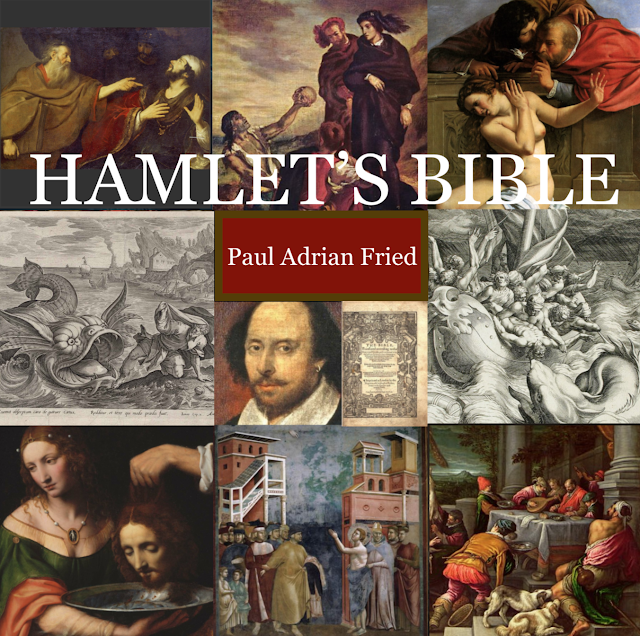Christianity's central mysteries & teachings in Hamlet 1.1
Christianity's central mysteries & teachings in Hamlet 1.1: INCARNATION : Marcellus speaks of “ that season... / Wherein our Saviour's birth is celebrated.” The conception & birth of Christ claims God is not distant, but one like & among us (Emmanuel as "God-with-us," Mt1:22-23). TEACHINGS : Horatio says, “A mote it is to trouble the mind's eye,” which alludes to Mt 7:1-5 & Lk 6:41: take the plank from our own eye before taking the mote of dust from a neighbor’s eye; judge not that you be not judged. [P.S. The idea that we should judge ourselves before judging others is an extension of the second of two of the laws that Jesus identified as most important (love god, and love neighbor as self, or do unto others as you'd have them do unto you). The scripture passage that contains this "mote in the eye" reference also contains the "measure for measure" reference, a favorite of Shakespeare's, which became the title of

